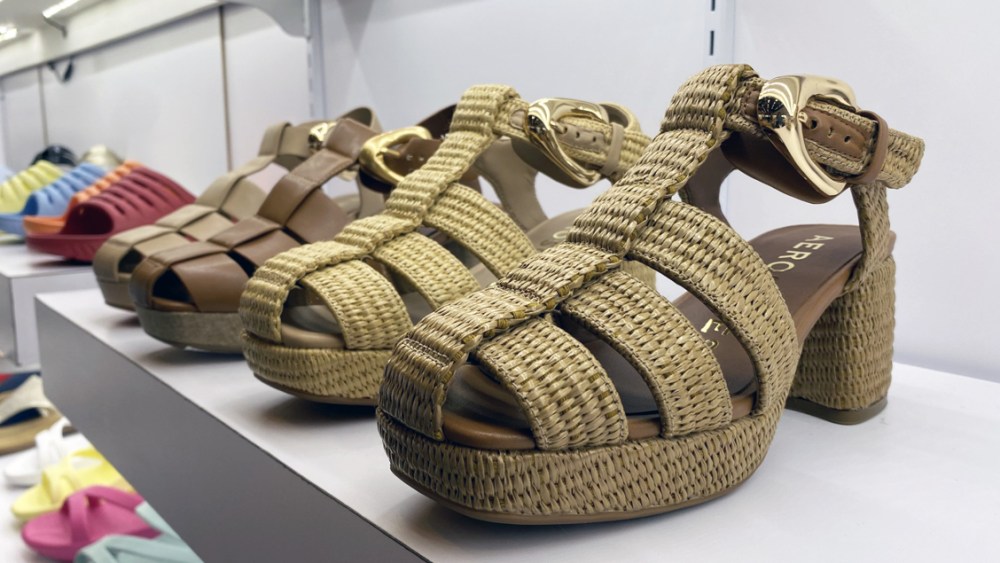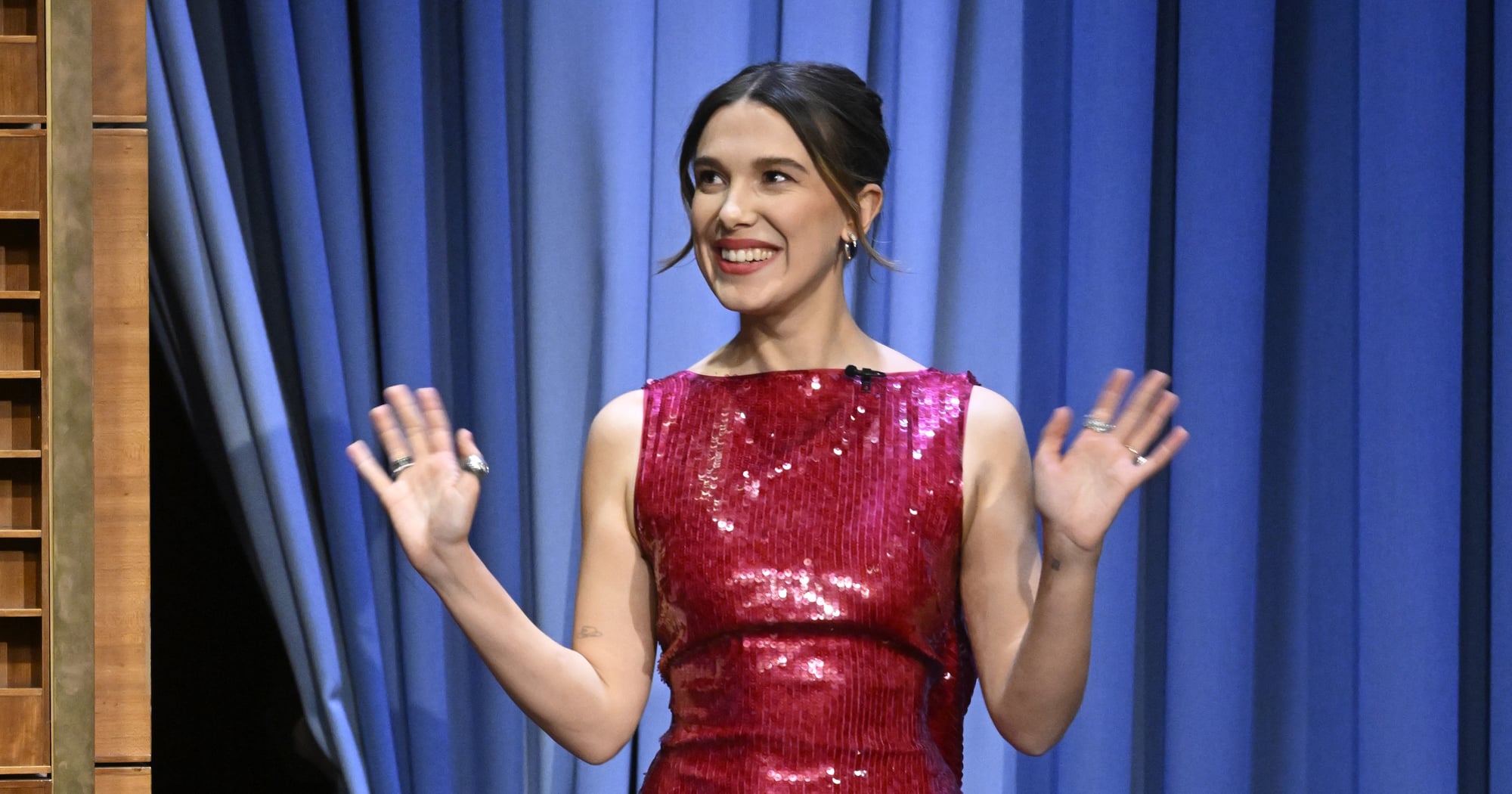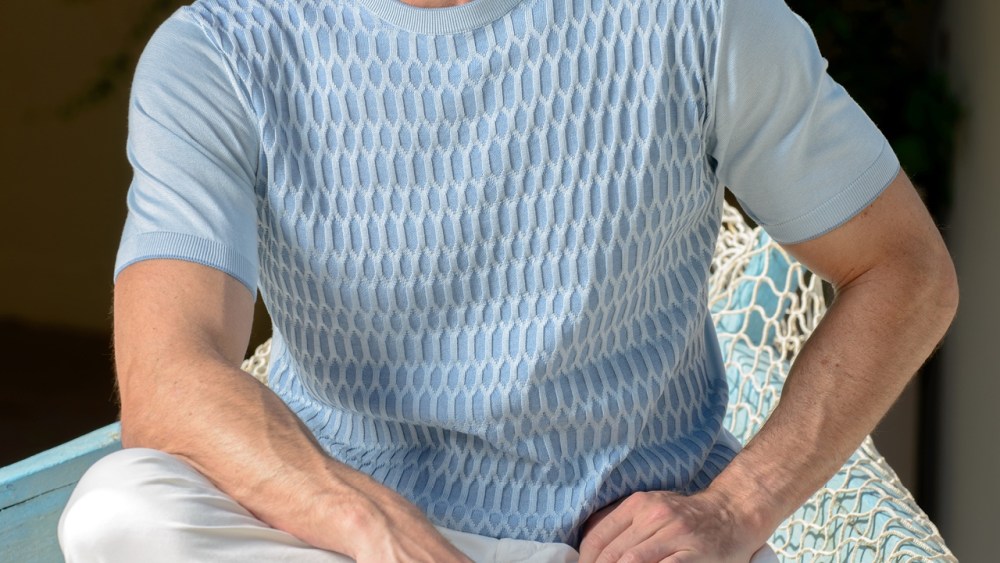Get ready for raffia.
At the August 2025 edition of The Atlanta Shoe Market, footwear brands previewed their spring 2026 collections, and natural materials such as raffia were omnipresent across categories, adding a fresh element to fisherman sandals and pumps at Aerosoles, to Mary Jane flats and slingbacks at Arezzo and to everything in between (including sneakers).
In the same vein, crochet and knit uppers were also popular among the spring collections — as was woven and perforated leather. Just check out Sperry‘s updates to its Authentic Original boat shoe.

And after multiple seasons as a top fashion trend, mesh flats and heels remain in demand for spring, according to Stephanie Peña, head of sales for NeroGiardini. “I thought the look might have slowed down this season, but my customers are still excited about mesh for spring,” she said.
You May Also Like
In recent seasons, sandals have been among the top-performing products for retailers, and brands were freshening up the options for 2026. For instance, Dansko and Aerosoles added eye-catching oversized hardware to their thong styles. And at Manet (a comfort brand made in Mexico), its sandals stood out for their platform soles, high-quality leather and unexpected details.

And, of course, sneakers continue to be a must-have item for consumers, with brands reporting strong demand for runner silhouettes and low-profile terrace styles.
However, the sneaker’s dominance may be waning — slightly. New data from the National Shoe Retailers Association, which tracked 2024 sales at independent footwear retailers in North America, found that the percentage of sales for athletic performance shoes had fallen around four points from 2022.
Overall, the mood at The Atlanta Shoe Market was upbeat, despite the fact that tariffs continue to be an issue weighing on every business decision for brands and retailers.
“I think people were feeling more concerned in June than are they are now, because footwear sales have been pretty good this summer,” said Pascal Parise, vice president of Sperry.

Scott Tobey, a sales representative for Dansko, added, “There’s always optimism at this show because you’re seeing things that are new and fresh.” However, he described retailers as being “guarded” in their approach to buying for spring.
One of the motivating factors for that guardedness is likely price increases, which started earlier this year after U.S. President Donald Trump began raising tariffs, but they’re set to hit retailers to a larger degree for spring 2026.
Rich Rask, president of Rieker Shoe Corp., said he was able to hold prices steady for the fall 2025 deliveries, thanks to support from his Swiss parent company. “But we’ve had some increases for spring,” he said.
Other brands reported similar scenarios, in which they honored the rates for existing fall orders but were forced to raise prices for the coming season.
Roberto Angiolucci, co-founder of The Private Design, which represents the Italian brands Brunate, Christina Millotti and Carmens, estimated that prices for everyone are around 15 to 20 percent higher than last year, due to the Trump administration’s tariff hikes.

For Jacques Golbert, CEO of Pajar Canada, the impact of tariffs is something of a moving target. In June, Pajar signed a deal with Grendene to distribute the Brazilian company’s brands in North America. In the months since, Trump has taken particular aim at Brazil, raising its tariff rate to 50 percent and threatening further increases if the country doesn’t comply with his demands. “What is the rate today? Did it change again? I can’t keep track,” Golbert joked.
He noted that despite the tariff situation with Brazil, he’s so far been able to keep prices down for the Grendene products thanks to improved efficiencies in operations.


